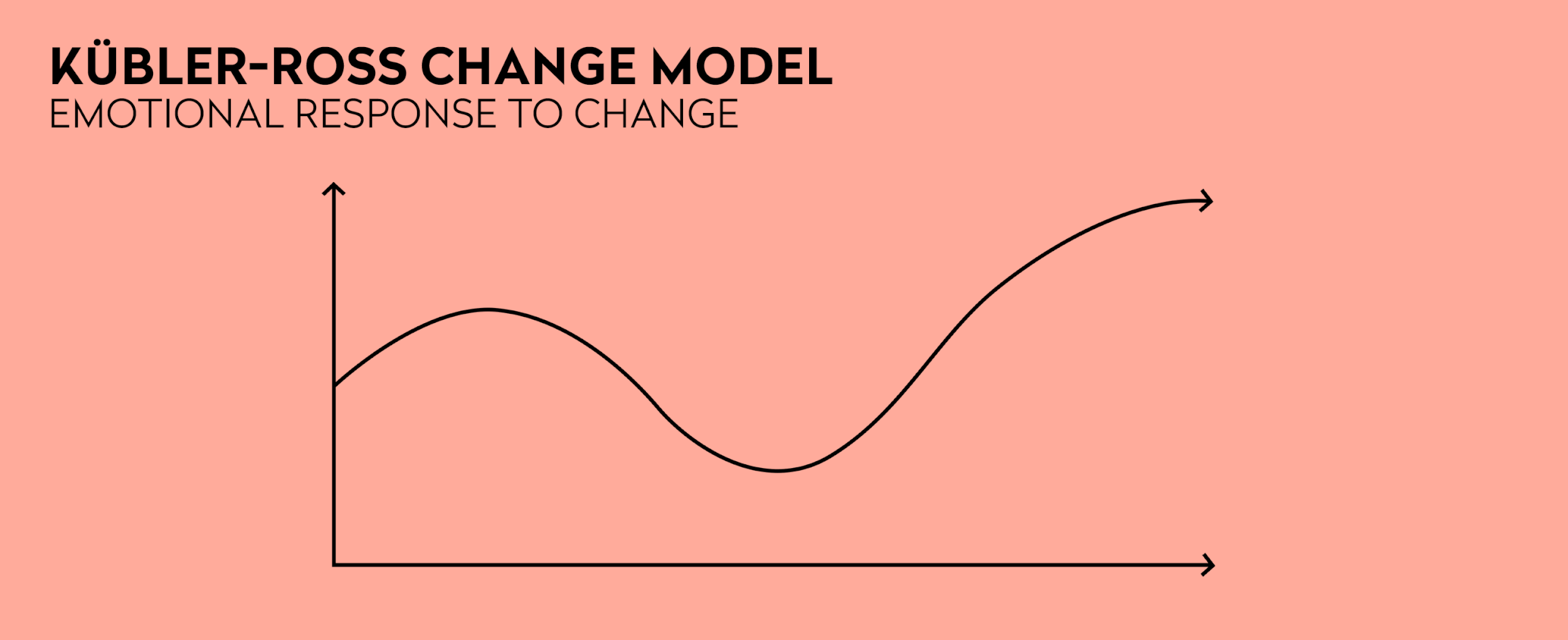6 Telling Complaints About Transformation – and What I Say Back
It just won’t let up. From leadership transitions and restructurings to mergers and acquisitions, to regulatory changes, to new working models, to new roles and new skills required to fill them, there is constant unrest in the workforce. However, according to one survey of more than half a million U.S. employees, almost one-third don’t understand why these changes are happening. That creates friction, fear and resistance.
Not simply among employees – but among leadership and HR teams too. This is no longer an option. The sustainability of your workforce depends on you bridging these gaps in understanding, and moving past these fears. All this fear, confusion, loss of confidence and butting heads – that’s how mistakes happen, how you lose creative sparks, lose sight of the bigger picture, and lose your mojo in general.
What are those fears exactly? There are 6 telling complaints I hear all the time from HR and senior leadership teams. Here’s what I say back:
“We don't have the budget.”
Yes, you probably do. Transformation can and should be scaled according to the size of an organisation. Carry out a full audit, ask yourself what your new priorities need to be, and assess where you're spending money. I promise – there will be transformative efforts you can make that will benefit teams and the sustainability of your workforce. It’s not about tacking on a single element to make things better; it’s an overhaul.
“It will ruffle feathers among our leadership team.”
Well, you know what? That’s a good way to sort the wheat from the chaff. If you have leaders who feel offended at being offered an opportunity to grow and learn through leadership development, that’s a big red flag. Perhaps their numbers look great, but how is their team looking and feeling? Are people sat miserable at their desks or fearful of making a mistake? Is a leader like that someone you really want playing for your team?
“We don't have the time.”
Make time. It really is that simple. Because a lot of the early birds have already flown and the longer you wait, the less likely you are to find your share of worms. Do you make time for forecasting? And meetings with shareholders? This is just as important – and those other meetings very much concern this.
It’s not just about which piece of shiny new tech to buy. Every single area of your business relies upon you making time to consider how to improve things. Your shareholders are looking for direction and guidance around workforce sustainability and future-thinking. Don’t wait for them to start asking questions you don’t know the answers to.
“But I don't get it.”
It's your responsibility to learn and surround yourself with experts who can make it real for your company. Take a look at failed transformation efforts and you’ll see plans, directives and programs galore, but a distinct lack of vision and direction. Don’t be afraid or shy about asking for help in clarifying that vision and helping your leadership team to embrace and live it.
“We don't want to take unnecessary risks or be overly reactive.”
There's a difference between being reactive, and being responsive and agile. Trying new ideas and ways processes may feel risky if you’re not used to it, but the importance of creating a culture of innovation and experimentation has never been greater. Communicate your vision and approach transformation as a team. When you do so, you nurture an environment where your talent feels safe to try, fail, learn from those around them, and break boundaries to make magic happen. As long as you are measuring your efforts, learning from them and tailoring them accordingly, there’s no way you can ‘fail’.
What Scares People About Transformation?
“It is not the strongest of the species that survives, nor the most intelligent,
but the one most adaptable to change” - Charles Darwin
The fear of change is evolutionary in humans. Our hereditary and genetic internal predispositions teach us to resist change mainly to ‘always feel in control’. Our ancestors preferred routine as they inherently knew that change often brought a lack of safety.
We like things that have been around for a while. I wonder if this is why wandering around antique stores always feels so calming and reassuring?
Neuroscience research teaches us that uncertainty registers in our brain much like an error does, and it needs to be corrected before we can feel comfortable again. On one hand, we are hardwired to resist uncertainty—our brain prefers a predictable, negative outcome over an uncertain one. On the other hand, our mind is flexible and adaptive—it can be trained to thrive in change.
How to Elicit Excitement Rather Than Fear or Eyerolls
Leadership development is about sustainability, and you need everyone on board to succeed. Efforts that lack an empowered leadership team can make apparent progress for a little while, but eventually, opposition unites and halts the change.
We all see things differently, and when we stand at a crossroads, it reveals a lot about our sense of self. It’s up to you as an organisation to guide and support employees through feelings of insecurity, loss of control, fear of failure, vulnerability, lack of confidence, imposter syndrome, and more. It’s up to you to teach everyone how to adopt a beginner’s mind and view change as a positive opportunity.
Pro tip: the stubborn naysayers are actually crucial to the success of your plan.
When it comes to change management, renowned sociologist Everett Rogers developed the Diffusion of Innovation theory more than 50 years ago. We can use that theory to say that in any given organisation, about 20% of employees will be ready for change and 20% will resist at all costs. Roughly 60% in the middle can be persuaded either way.
These voices of resistance may have influencer status in the company, with points of view that are regarded as highly as those from the senior leadership team. If these people are not on board with your transformation efforts, they can be the undoing of them.
Some organisations will ignore these voices (and suffer down the line for it) but it’s much smarter to pull them into your efforts and make them a part of the solution. Not only will you disarm them, but sceptical brains on new ideas is not a bad thing either – they might help you identify problem areas and ways to improve efforts further.
Change curve model by Kübler-Ross
Help your leaders to understand and be considerate of their journey too. The Change Curve is based on a model originally developed in the 1960’s by Swiss-American psychiatrist and pioneer of studies on dying people, Elisabeth Kubler-Ross, outlining the five stages of grief – denial, anger, bargaining, depression and acceptance.
Since then, it’s been widely used as a method of helping people understand their reactions to significant change or upheaval. It could also help your leaders to connect with struggling employees. Such models and theories should feature in your leadership development program. If that feels daunting, don’t be shy about asking for help in creating them.
Here’s how to get every employee – even the most stubborn of naysayers – on board with transformation:
Leaders need to be understanding and compassionate about hesitation. It might be tempting to feel frustrated in the face of stubbornness, but it’s so important for leaders to demonstrate empathy. Have they been trained in how to approach difficult conversations and secure positive outcomes from them, to gel people together through difficult and emotional times?
Listen to people and gather constant feedback. Provide forums for expression – why do they fear or dread transformation? Is it because of a lack of understanding, or a lack of skills or support? Would they benefit from some tailored learning to discover how they can contribute to this new vision?
Explain the why and the how, the values, the vision and the purpose. Inspire your people, and make it clear what’s in it for them.
Have a plan with clear steps for how they will fit in, and regularly communicate about these. Be clear about roles and goals and take steps to prepare people for these. Could your teams benefit from some tailored employee learning and development? Is this a perfect opportunity to identify high potential future leaders? How can you leverage high potential talent to drive innovation in others around them, and empower decision-making?
Engage leaders in leadership development and training in order to confidently steer teams through change – advise the business how to steer course too. Major changes or transformations often require asking employees to adopt specific behaviours or skillsets and when senior leaders model these behaviour changes, transformations are five times more likely to be successful.
Make it fun and experimental, and safe to try new things and fail at them. As Thomas Edison said, “I didn’t fail; I just found out 2,000 ways not to make a lightbulb. I only needed to find one way to make it work.” So, inspire people out of their comfort zones.
Reward efforts as well as results. Make it clear that your employees are essential to the success of the transformation, and measure and share that success.
Written by Michael
Michael Mauro is the founder of a forward-thinking organisation specialising in leadership, HR and employee development. With over a decade of global experience, Michael has become a leading voice on topics such as culture, inclusion, wellbeing, and the future of leadership.





